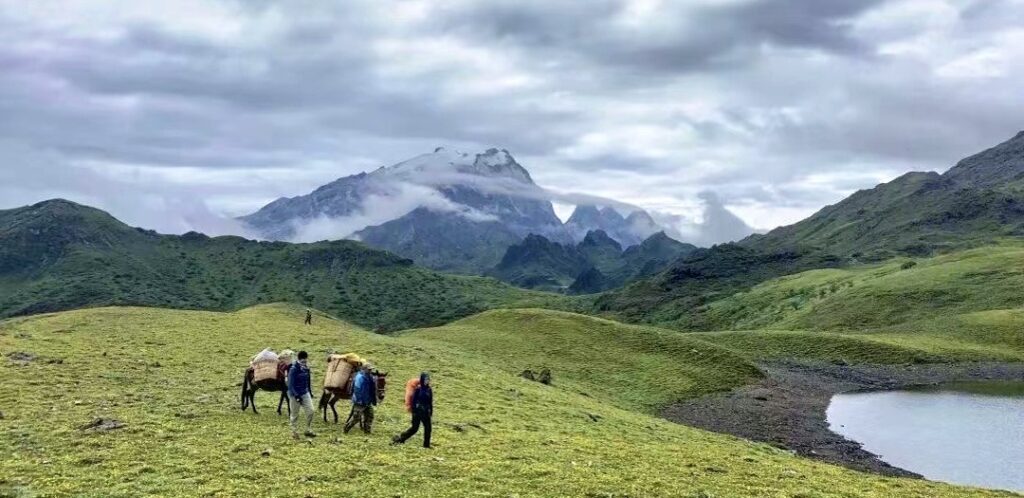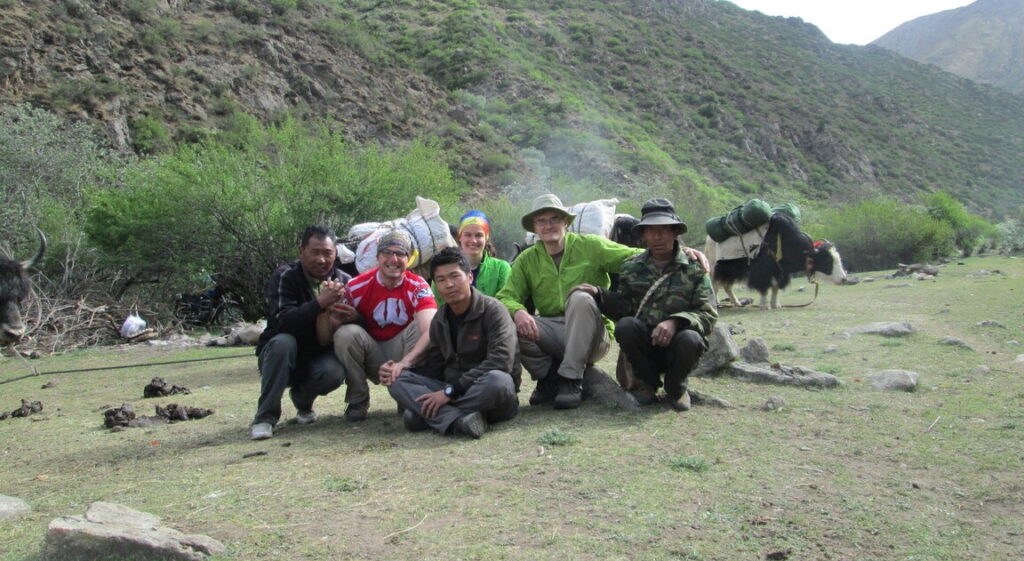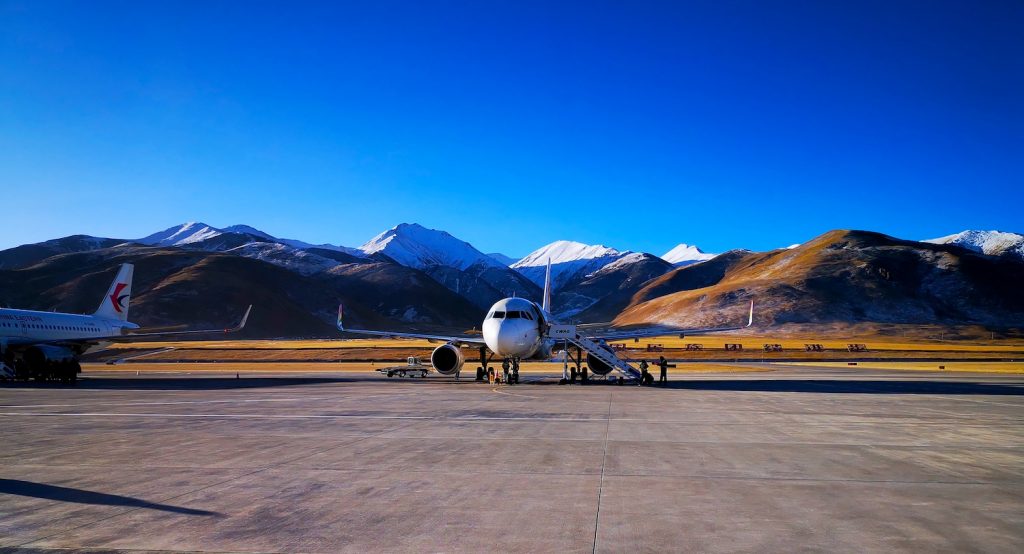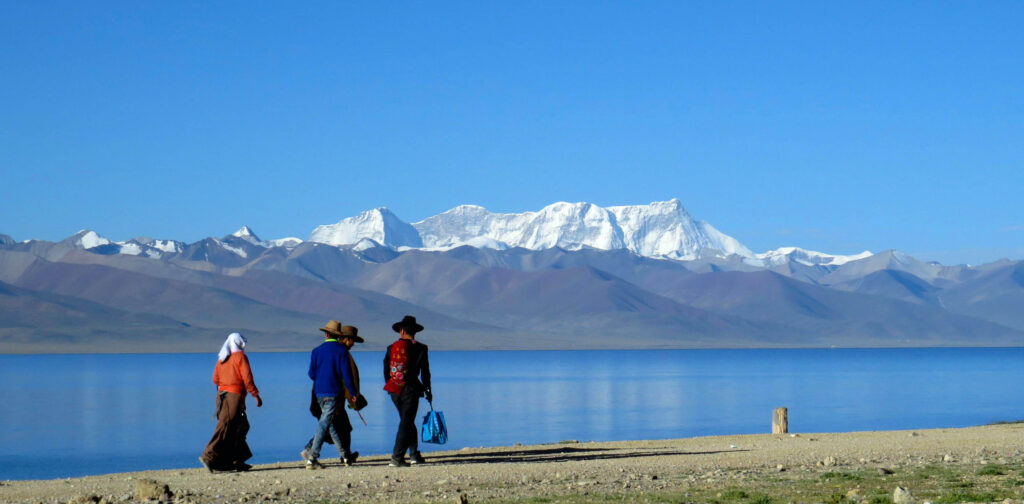Tibet is a unique destination that offers travelers an opportunity to experience a rich cultural heritage, stunning natural beauty, and a way of life that has remained unchanged for centuries. However, traveling to Tibet requires careful planning and preparation. In this guide, we will provide you with essential information to help you plan your trip to Tibet.

Permits and Visa Requirements
Before you travel to Tibet, you must obtain a Tibet Travel Permit. This permit is issued by the Tibet Tourism Bureau and can only be obtained through a registered travel agency in Tibet. The permit is required for all foreign travelers and is checked at various checkpoints throughout Tibet. You will also need a Chinese visa to enter Tibet, which can be obtained through the Chinese embassy in your home country.
In order to apply for a TTP, you will need to provide the travel agency with a copy of your passport and Chinese visa, as well as information about your itinerary in Tibet. It is important to note that the processing of TTPs can take several weeks, so it is best to plan ahead and allow plenty of time for the application process.
Once you have obtained your TTP, you will need to carry it with you at all times while traveling in Tibet, as it may be checked by authorities at various checkpoints throughout the region.

Altitude Sickness
Tibet has an average altitude of over 4,000 meters, making it one of the highest regions in the world. Altitude sickness is a common problem for travelers in Tibet. So, it is essential to take precautions. Here are some tips to help you avoid altitude sickness in Tibet:
1. Gradual ascent: It is important to take your time acclimatizing to the high altitude. Try to spend a few days in Lhasa or other lower-altitude areas before heading to higher-altitude destinations like Everest Base Camp or Namtso Lake.
2. Stay hydrated: Drink plenty of water to keep yourself hydrated. Avoid alcohol and caffeine, as they can dehydrate you.
3. Light diet: Eat a light diet and avoid overeating. This will help your body adjust to the high altitude.
4. Medications: Some travelers take medication to prevent altitude sickness. Consult your doctor before taking any medication and be sure to follow the recommended dosage.
5. Rest: Take plenty of rest breaks and avoid overexertion. Listen to your body and slow down if you feel tired or short of breath.
6. Oxygen supply: Many hotels and tour operators in Tibet offer oxygen supplies for their guests. If you feel uncomfortable or experience symptoms of altitude sickness, seek medical help immediately.
By following these tips, you can help reduce your risk of altitude sickness and enjoy your trip to Tibet.

Packing Essentials
When traveling to Tibet, it is important to pack warm clothing, even if you are visiting during the summer months. Temperatures can drop significantly at night, and it can be very cold in the early morning. It is also important to bring sunscreen, sunglasses, and lip balm as the sun can be intense at high elevations. Additionally, it is essential to pack comfortable shoes and a first aid kit.
Transportation
Most travelers fly to Lhasa, as it is the most convenient way to enter Tibet. However, there are also trains to Lhasa from several cities in China, including Beijing, Shanghai, and Chengdu. The train journey to Lhasa is a unique experience that allows you to see some of the most beautiful landscapes in China.
Travel to Tibet by air travel
Tibet is a remote and high-altitude region located in western China, and as such, air travel is the most common and convenient way to get there. There are several airports in Tibet that serve both domestic and international flights.
The main airport in Tibet is the Lhasa Gonggar Airport, which is located about 60 kilometers south of Lhasa, the capital city of Tibet. This airport has regular flights to major cities in China, such as Beijing, Shanghai, Chengdu, and Xi’an, as well as international destinations such as Kathmandu, Nepal.
Other airports in Tibet include the Nyingchi Mainling Airport, which is located in the southeast of Tibet and serves flights to cities in China such as Chengdu, Chongqing, and Lhasa. The Shigatse Peace Airport, which is located in the southwest of Tibet, offers flights to Lhasa and other destinations in China.
When traveling to Tibet by flight, it is important to be aware of the effects of high altitude on the body. It is recommended to take time to acclimatize to the altitude before engaging in physical activity and to seek medical attention immediately if experiencing symptoms of altitude sickness.

Travel to Tibet by train
Traveling to Tibet by train is a popular and scenic option that allows you to slowly acclimatize to the high altitude while enjoying stunning views of the Himalayas and the Tibetan Plateau. The Qinghai-Tibet Railway is the highest railway in the world and runs from Xining in Qinghai Province to Lhasa in Tibet.
Before embarking on a train journey to Tibet, it’s important to be aware of the potential altitude sickness and take necessary precautions. You may want to consider taking medication, such as Acetazolamide or Dexamethasone, to help prevent altitude sickness, as well as ensure that you stay hydrated and rest when necessary.
The train ride from Xining to Lhasa is around 22 hours long, and there are multiple classes of tickets available, including hard seats, soft seats, hard sleepers, and soft sleepers. A soft sleeper is the most comfortable and spacious option, featuring private compartments with four beds, while a hard seat is the most economical but also the least comfortable, with no privacy and limited legroom.
Along the way, the train passes through stunning landscapes, including snow-capped mountains, vast grasslands, and the vast expanse of the Tibetan Plateau. There are also opportunities to stop and explore some of the towns and cities along the way, such as Golmud and Nagchu.
Overall, traveling to Tibet by train is a unique and memorable experience that offers a chance to see some of the most breathtaking scenery in the world while slowly adjusting to the high altitude.

Accommodation
There are various accommodation options available in Tibet, ranging from budget guesthouses to high-end luxury hotels. However, it is important to note that the standard of accommodation in Tibet may not be the same as in other parts of China or the world. It is advisable to book your accommodation in advance, especially during peak travel seasons. Usually, your accommodation will be taken care of by the tour operator in Tibet. So, you don’t need to worry about it. If you have any preferences, then you should inform them in advance so that they’ll arrange for you in advance.
Culture and Etiquette
Tibetan culture is unique and deeply rooted in Buddhism. It is essential to respect local customs and etiquette when traveling in Tibet. When visiting temples and monasteries, it is important to dress modestly and remove your shoes before entering. It is also customary to walk around religious sites and holy objects clockwise.

Conclusion
In conclusion, traveling to Tibet can be an unforgettable experience, but it requires careful planning and preparation. Obtaining the necessary permits, acclimatizing to the altitude, packing the right essentials, choosing the right transportation and accommodation, and respecting local customs are all important factors to consider when traveling to Tibet. With these tips in mind, you will be able to enjoy everything that Tibet has to offer while staying safe and comfortable.
